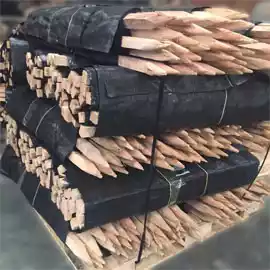Silt fence is a temporary barrier used on government job sites to satisfy Stormwater Pollution Prevention Plans (SWPP) for perimeter runoff control. Select from three different grades of black silt fence to find the one that that will best satisfy the regulations that apply for your project. The difference between the grades of construction silt fence lies primarily in the density of the geotextile fabric which affects its weight, durability, and filtration rate.
Black silt fence can be a fast, low-cost stormwater best management practice (BMP) for any construction site with exposed soil. By placing this heavy-duty sediment control fencing around the perimeter, you create a simple barrier that traps dust, debris, and loose sediment before rain can carry them off-site. When installed and maintained correctly, construction silt fencing keeps soil from leaving the jobsite, protects the nearby watershed, and helps you stay in full SWPPP compliance.
| Black Silt Fence Rolls | Grams per Square Meter |
|---|---|
| Economy Grade | 50 gsm |
| Contractor Grade | 70 gsm |
| DOT Grade | 100 gsm |
There are some basic considerations to keep in mind when planning to use black silt fence as a part of your project's SWPP.
- 1) Stormwater runoff should not exceed 0.5 cfs.
- 2) The drainage (containment) area should not exceed more than 1/4 acre per 100 feet of fence.
- 3) The slope length above the erosion control fence should not be more than 100 feet.
- 4) Life expectancy of a construction silt fence in the field is approximately 6 months, depending on conditions.
Silt fence supplies for installation, including stakes and metal poles are also available. However, for faster and simpler installation, the pre-staked rolls of erosion control silt fence are very popular. Pre-staked silt fence is available in 3' x 100' rolls, with 11, 13, or 17 stakes. Unstaked fabric-only silt fence is for sale in 3' x 1500' rolls. For greater durability, reinforce the erosion control silt fence with wire mesh.
Benefits of Erosion Control Silt Fence
- Simple to install, no special equipment is required
- Keeps your site in compliance: silt/sediment stays on site
- Directs water flow for better management
- Helps prevent erosion
- Filters stormwater runoff leaving the site
- Limits water pollution





